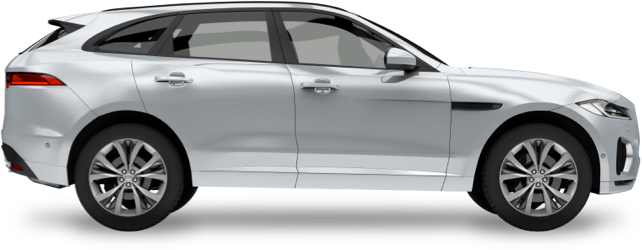- Over 1 million successful rentals
Car Hire Tanzania
Save time and money. We compare the offers of car rental companies in Tanzania on your behalf.
- Free cancellation Up to 48 hours prior to the scheduled pick up time
- Best price guarantee Have you found a better price? Let us know and we will make you a better offer.
- 24000+ pick-up locations Locations around the world
Compare Car Hire
Carrentals.co.uk offers simple and straightforward car hire comparison services. We don't add a penny to your quotes!
Car rental offers in Tanzania
Whether you're looking for a small rental car or a station wagon for the entire family, we will always have a suitable vehicle for the lowest price. Below are some examples from our selection in Tanzania.
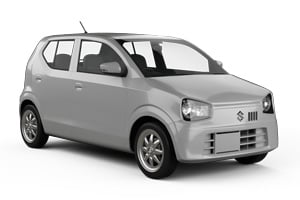
-
Autounion Car Rental From£ 17 /day
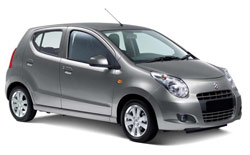
-
Autounion Car Rental From£ 19 /day
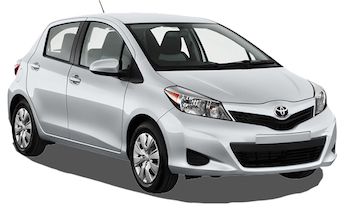
-
Autounion Car Rental From£ 17 /day

-
Autounion Car Rental From£ 20 /day
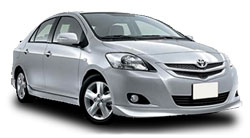
-
Autounion Car Rental From£ 17 /day

-
Autounion Car Rental From£ 18 /day

-
Autounion Car Rental From£ 20 /day
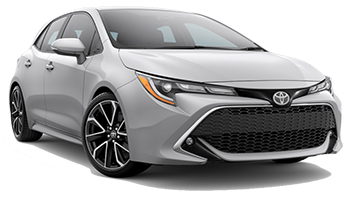
-
Autounion Car Rental From£ 18 /day
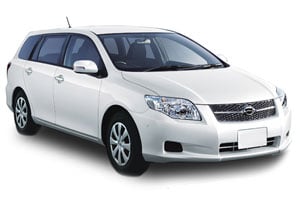
-
Autounion Car Rental From£ 19 /day

-
Autounion Car Rental From£ 21 /day

-
Autounion Car Rental From£ 23 /day

-
Autounion Car Rental From£ 24 /day
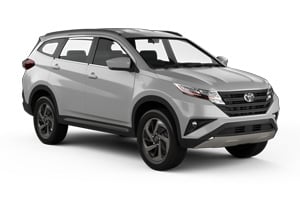
-
Autounion Car Rental From£ 24 /day
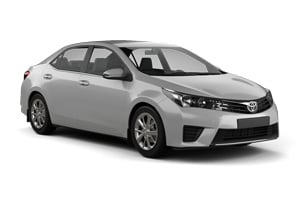
-
Autounion Car Rental From£ 18 /day
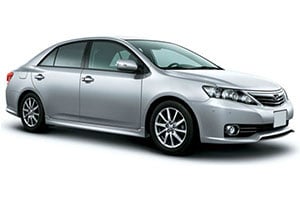
-
Autounion Car Rental From£ 20 /day

-
Autounion Car Rental From£ 22 /day
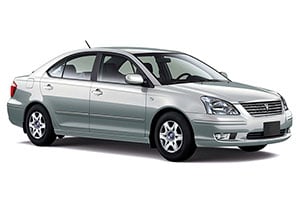
-
Autounion Car Rental From£ 21 /day -
Europcar From£ 25 /day

-
Autounion Car Rental From£ 23 /day

-
Autounion Car Rental From£ 25 /day -
Europcar From£ 41 /day

-
Autounion Car Rental From£ 26 /day

-
Autounion Car Rental From£ 26 /day
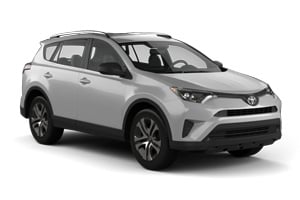
-
Autounion Car Rental From£ 32 /day

-
Autounion Car Rental From£ 23 /day

-
Autounion Car Rental From£ 27 /day
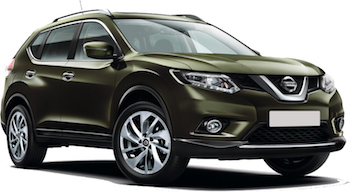
-
Europcar From£ 36 /day

-
Europcar From£ 38 /day

-
Europcar From£ 41 /day
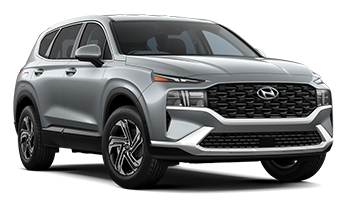
-
First Car From£ 51 /day

-
Autounion Car Rental From£ 38 /day

-
Autounion Car Rental From£ 40 /day
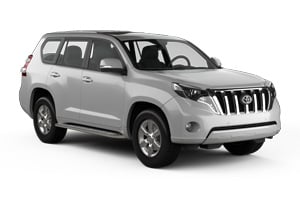
-
First Car From£ 55 /day
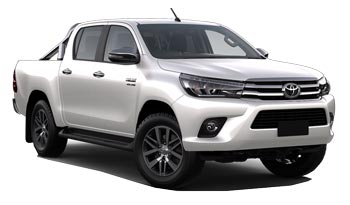
-
Europcar From£ 75 /day
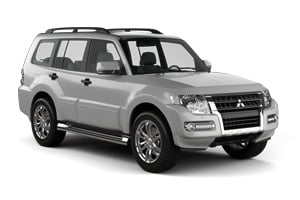
-
Autounion Car Rental From£ 99 /day

-
Autounion Car Rental From£ 90 /day

-
Autounion Car Rental From£ 98 /day

-
Autounion Car Rental From£ 104 /day
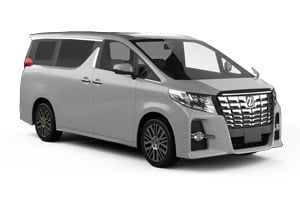
-
Europcar From£ 38 /day
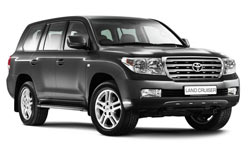
-
Europcar From£ 75 /day
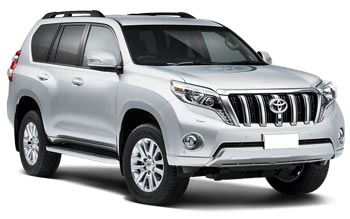
-
Autounion Car Rental From£ 90 /day

-
Autounion Car Rental From£ 18 /day

-
Autounion Car Rental From£ 19 /day

-
Autounion Car Rental From£ 21 /day

-
Autounion Car Rental From£ 24 /day
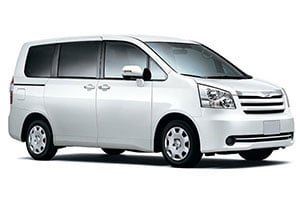
-
Autounion Car Rental From£ 27 /day

-
Autounion Car Rental From£ 33 /day

-
Europcar From£ 38 /day

-
Autounion Car Rental From£ 24 /day

-
Autounion Car Rental From£ 25 /day -
Europcar From£ 38 /day -
First Car From£ 46 /day

-
Autounion Car Rental From£ 31 /day

-
Autounion Car Rental From£ 32 /day

-
Europcar From£ 36 /day

-
First Car From£ 51 /day
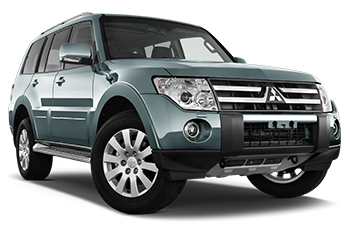
-
Autounion Car Rental From£ 99 /day

-
First Car From£ 55 /day -
Autounion Car Rental From£ 90 /day

-
Europcar From£ 75 /day -
Autounion Car Rental From£ 98 /day

When to book a rental car in Tanzania
Tanzania - When is the most affordable time to rent a mini class car?
At this destination (Tanzania), March is the most affordable time to rent a mini class car with an average daily rate of
Tanzania - When is the most affordable time to rent a economy class car?
At this destination (Tanzania), March is the most affordable time to rent a economy class car with an average daily rate of
Tanzania - When is the most affordable time to rent a compact class car?
At this destination (Tanzania), March is the most affordable time to rent a compact class car with an average daily rate of
Tanzania - When is the most affordable time to rent an intermediate class car?
At this destination (Tanzania), March is the most affordable time to rent a intermediate class car with an average daily rate of
Tanzania - When is the most affordable time to rent a standard class car?
At this destination (Tanzania), June is the most affordable time to rent a standard class car with an average daily rate of
Tanzania - When is the most affordable time to rent a full-size car?
At this destination (Tanzania), March is the most affordable time to rent a full-size class car with an average daily rate of
Tanzania - When is the most affordable time to rent a luxury car?
At this destination (Tanzania), September is the most affordable time to rent a luxury class car with an average daily rate of
Tanzania - When is the most affordable time to rent a station wagon?
At this destination (Tanzania), March is the most affordable time to rent a station wagon with an average daily rate of
Tanzania - When is the most affordable time to rent a SUV?
At this destination (Tanzania), March is the most affordable time to rent an SUV with an average daily rate of
Tanzania - When is the most affordable time to rent a MPV?
At this destination (Tanzania), March is the most affordable time to rent an mpv with an average daily rate of
Tanzania - When is the most affordable time to rent a minivan?
At this destination (Tanzania), March is the most affordable time to rent a minibus with an average daily rate of
Car rental locations in Tanzania
Carrentals.co.uk compares rental car prices at the following destinations

Tanzania Guide
Tanzania is best explored by rental car. Carrentals.co.uk has over 6 pick-up locations in Tanzania. This means there is always a pick-up location close to your destination.
Most popular car hire locations in Tanzania
Driving
East Africa's largest country has plenty to offer tourists regardless of whether they seek vast outdoor areas suitable for hiking or beach resorts overlooking the ocean. By car, visitors can take in everything from the grasslands and hinterlands of the centre to the mountainous northeast that plays host to Kilimanjaro, the great lakes of the northwest and Indian Ocean havens such as Zanzibar.
Driving Tips for Tanzania
Although signage is good around the country, the road network is limited. This means there are no highways, many roads aren't tarmaced and some are unfit for travel during the rainy season.
Driving licences: British drivers are required to hold a UK photo licence and an International Driving Permit in order to drive here.
Which side does Tanzania drive on: the left.
Speed limits:
Motorways: 50mph (80kph) to 74mph (120kph)
Rural areas: 50mph (80kph)
Built-up areas: 31mph (50kph)
Alcohol limits: 0.08 per cent, as in Britain. There are heavy fines or harsh penalties for drink-drivers.
Driving age: 18 years.
Seatbelts: drivers and front-seat passengers must wear seatbelts at all times. There are currently no child seat laws.
Mobile phones and GPS: using a mobile phone while at the wheel is prohibited. GPS can come in handy, especially considering the nation’s vast size.
Cost of fuel in Tanzania: considerably cheaper than in the UK.
Car hire and fuel payment: credit card payments aren't accepted at most petrol stations, especially those in rural areas. It is often a requirement to produce a credit card when renting a vehicle. UK card holders should notify their card supplier that they will use their card in East Africa prior to leaving Britain.
Insurance: due to possible dangers of travelling on the roads here, excess insurance is recommended in addition to the third-party insurance that is included with car hire.
Traffic and parking: the country is notorious for its traffic, especially in its big cities and near the popular safari parks. Parking safely and legally is advised in order to avoid fines or damage to vehicles.
Transport
Trains
Trains run internationally to Tanzania from Zambia. They operate twice weekly and are supplied by TAZARA, and typically cost £30 per person. The country's cities, including Dar es Salaam, Mwanza, Kigoma, Dodoma and Tabora are connected by reliable rail services. The same company supplies domestic rail travel, with tickets usually between £10-20 per person.
Taxis
Taxis are a good and safe way to travel but tourists are advised to deal only with drivers that are trusted by their hotel. As many vehicles don't have meters, it is advised to agree fares before travel. Fares are more expensive at night. Typical fares from the main airport to accommodation in Dar es Salaam are between £4 and £8 per person.
Buses
Long-distance buses are considered a great way of getting into Tanzania, especially from destinations such as Nairobi in Kenya. The likes of Tahmeed Buses, Royal Coach and Dar Express provide transport from Nairobi and Mombasa, Kenya. Domestic travel is possible between destinations such as Moshi, Arusha and Dar es Salam and costs as little as £1 per person.
Ferries
Aza Marine and Fast Ferries are currently the two main forces that connect Dar es Salaam and the country's most popular tourist destination, Zanzibar. Connections take around 1 hour, 30 minutes and cost between £18 and £25 per person.
Airports
Julius Nyere International Airport near Dar es Salaam and Kilimanjaro International Airport are the two main international gateways in the country. The latter serves Mount Kilimanjaro and the nearby cities of Arusha and Moshi. Those travelling from the UK can do so directly to Dar es Salaam from London-Heathrow. Domestic flights link Dar es Salaam, Zanzibar and the Kilimanjaro area. British tourists are able to stay for up to three months without arranging a visa prior to travel.
Explore
Exploring Tanzania
Most visitors begin their time in Tanzania in the largest city in the country, Dar es Salam. Although there isn't much to see here, tourists enjoy the commercial capital for its British and German colonial architecture, the impressive Azania Front Lutheran Church and the National Museum. Those that long to be by the sea can also easily enjoy beaches, around 15 miles away, from the greater metropolitan area.
Arusha in the north is most noted for its national park and the access it provides to the Northern Safari Circuit. For this reason, it is often chosen as a destination by wildlife lovers and outdoor enthusiasts who enjoy hiking on Mount Meru.
Centrally-located Dodoma is the official political capital and tourists often make sure they take in Bunge – a set of parliament buildings that are earthquake-proof - and the Ismaili Mosque that is close to the central roundabout. The best views of the city are generally considered to be from Lion Rock.
The semi-autonomous Zanzibar Island, around 15 miles offshore from the mainland, often claims to be the most popular destination in this part of the world and rivals the likes of the Seychelles for the Indian Ocean paradises it offers visitors. When not lazing on the beach, tourists are often embarking on the Spice Tour or trekking through the Jozani Forests.
Kilimanjaro is among Africa's main highlights while also being its highest mountain. Due to its popularity, it has its own international airport. The country is also noted for its other national parks such as the world famous Serengeti (north) as well as Ngorongoro (north), Ruaha (central) and Selous (south).
Weather
Tanzania's weather is hot and humid in low lying areas including Dar es Salaam, but cooler in northern cities such as Arusha. Unlike in the UK, there are just two seasonal variations; dry and wet. The rainy seasons take place from October until December and again from March to May. January to February is considered to be the best time to visit the country, as this is when temperatures of 35°C are enjoyed almost on a daily basis.
Practical information
-
CurrencyTanzanian shilling
-
LanguageEnglish, Swahili
-
Popular car categoryCompact
What most people want to know
The following questions and answers are a selection of the most popular questions. If you do not find the answer to your question, have a look at the Frequently Asked Questions page or contact us.
- Europcar
- Autounion Car Rental
- First Car
- Green Motion
- SurPrice car rentals
- ACE Rent A Car
